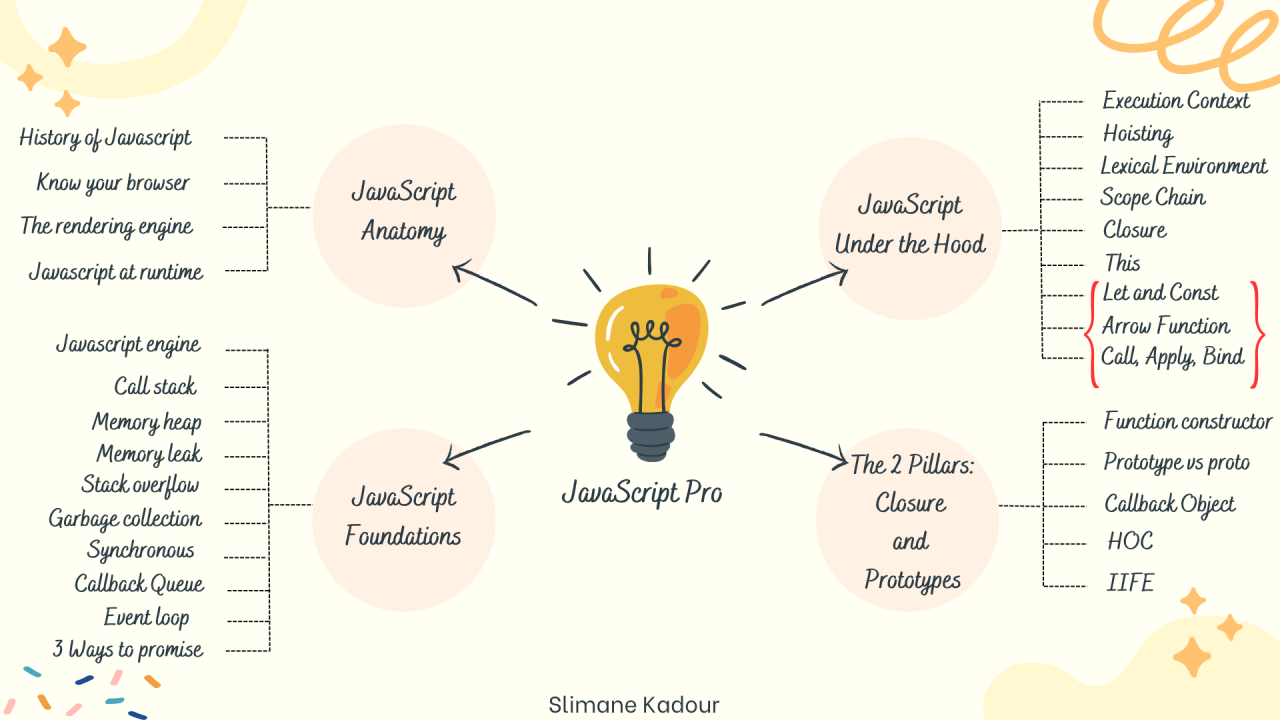
How Arrow Functions Simplify JavaScript
From my perspective, arrow functions represent a highly valuable syntax addition introduced to the JavaScript language in the ES6 specification. I have personally integrated them into my daily coding routine, and I believe many JavaScript developers share this sentiment.
It's essential to have a solid understanding of regular functions. If you're already familiar with regular functions, feel free to skip ahead.
Regular functions
Functions are fundamental code structures in programming that serve specific purposes, taking input and producing output. For instance, consider a function like "greet" that accepts a name and returns a greeting.
Here's a breakdown of functions:
Declaration: Functions are declared using the "function" keyword, followed by:
? - Function Name: A word or phrase used to reference the function.
? - Parameters: Enclosed in parentheses, these represent the values the function accepts as input.
? - Function Body: Enclosed in curly braces, this contains the code and return value for the function.
Regular functions possess their own "this" binding, determined by how they are invoked, which can vary based on the context of the call, such as whether the function is a method of an object or a global object. Regular functions also have an "arguments" object that allows access to all arguments passed to the function.
JavaScript also supports anonymous functions, often referred to as "function expressions." These functions lack a name and are defined inline, typically used for short, specific purposes. Here's an example of an anonymous function:
const add = function(x, y) {
? return x + y;
};
const result = add(5, 3);
console.log(result); // Output: 8
Anonymous functions are commonly employed in callback functions for event handlers or asynchronous operations. They enable you to define functions on the spot without assigning them a specific name.
Arrow Function Behavior and Syntax
Here are the main characteristics of arrow functions:
1. No Binding of `this`: Arrow functions do not have their own binding for the `this` keyword. Instead, they inherit the value of `this` from the surrounding code. This behavior can be advantageous when dealing with callbacks, closures, or situations where you want to capture the value of `this` from the outer context.
// Example demonstrating no binding of `this`
? const person = {
? ? name: "Alice",
? ? greet: function () {
? ? ? setTimeout(function () {
? ? ? ? console.log("Hello, " + this.name);
// Output:Hello,undefined
? ? ? }, 1000);
? ? },
? };
person.greet();
?In this example, the traditional function within `setTimeout` creates a new `this` context, resulting in "undefined" for `this.name`. Arrow functions can be used to preserve the outer `this` context.
2. No `prototype`: Arrow functions lack a `prototype` property. As a result, they cannot be used as constructors to create objects. Traditional functions, on the other hand, have a `prototype` and can be used for object instantiation and inheritance.
? // Example demonstrating no `prototype` with arrow functions?
const RegularFunction = function () {};
? const ArrowFunction = () => {};
? console.log(RegularFunction.prototype); // Output: {}
? console.log(ArrowFunction.prototype); // Output: undefined
3. Cannot Be Used as Constructors: Unlike regular functions, arrow functions cannot be invoked with the `new` keyword to create instances of objects. Attempting to do so will result in an error.
// Example demonstrating inability to use arrow functions as constructors?
const RegularConstructor = function () {};
? const ArrowConstructor = () => {};
? const regularObj = new RegularConstructor(); // Works
? const arrowObj = new ArrowConstructor();
// Error: ArrowConstructor is not a constructor
领英推荐
4. Concise Syntax: Arrow functions provide a more compact syntax for writing functions. They allow you to omit parentheses when there's only one parameter, and they offer implicit return for single expressions. This can make your code cleaner and more readable.
?
? // Regular function
const add = function (x, y) {
? ? return x + y;
? };
?
// Arrow function?
const arrowAdd = (x, y) => x + y;
?
To summarize, here are a few benefits of using arrow functions:
What's next ?
In the next part, we'll delve into JavaScript's bind, call, and apply methods. These tools, introduced in recent versions, allow precise control over function context, elevating code flexibility and functionality.
So, join me ?? on this journey as we delve into the exciting world of advanced JavaScript concepts and stay informed about the next post series outlined in the roadmap above.
Thank you for your support, and let's continue our journey through the exciting world of advanced JavaScript concepts together!
#JavaScript
#CodingTips
#WebDevelopment
Senior Frontend Developer | React, JavaScript
9 个月Slimane thanks for your series of articles! Helped to get a better understanding of some depths concepts of JS
Firms founder
1 年Thanks Slimane Kadour ??